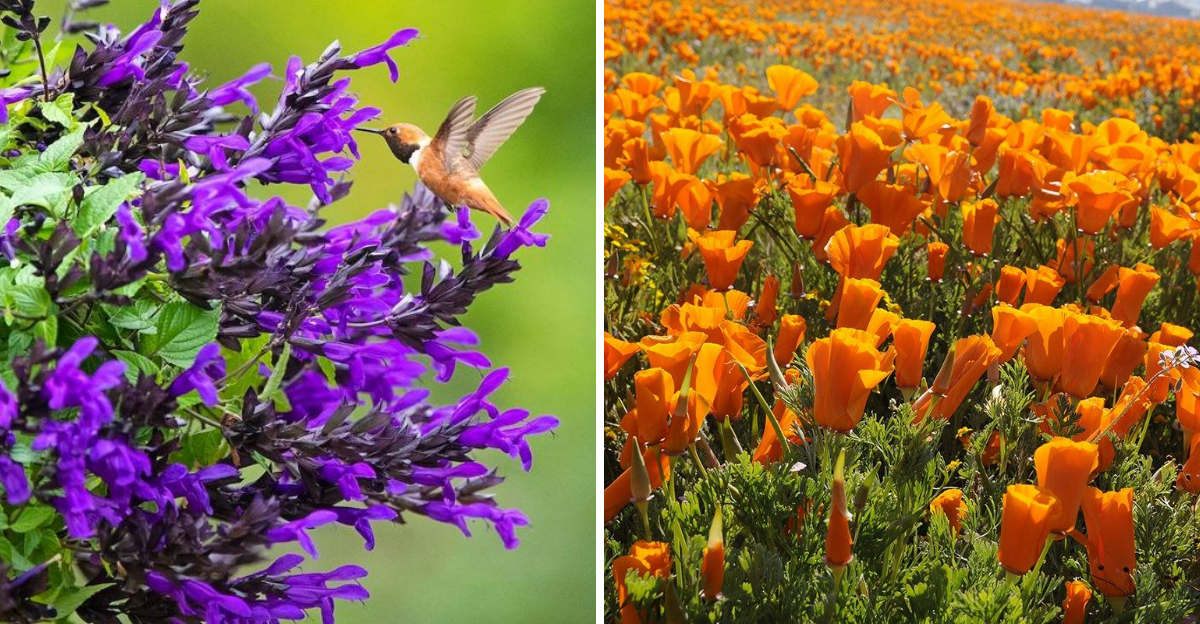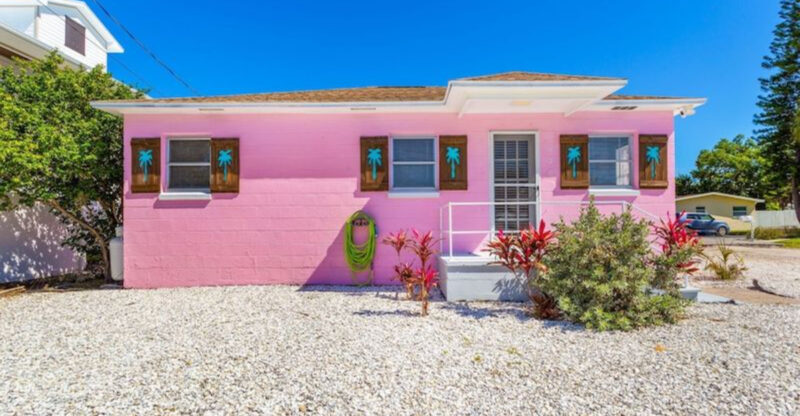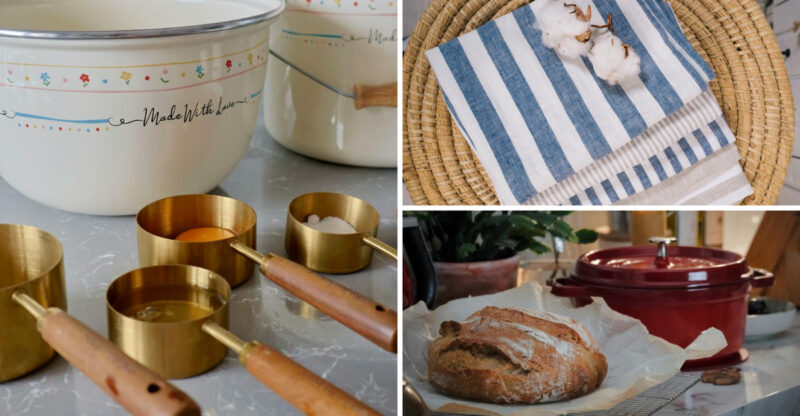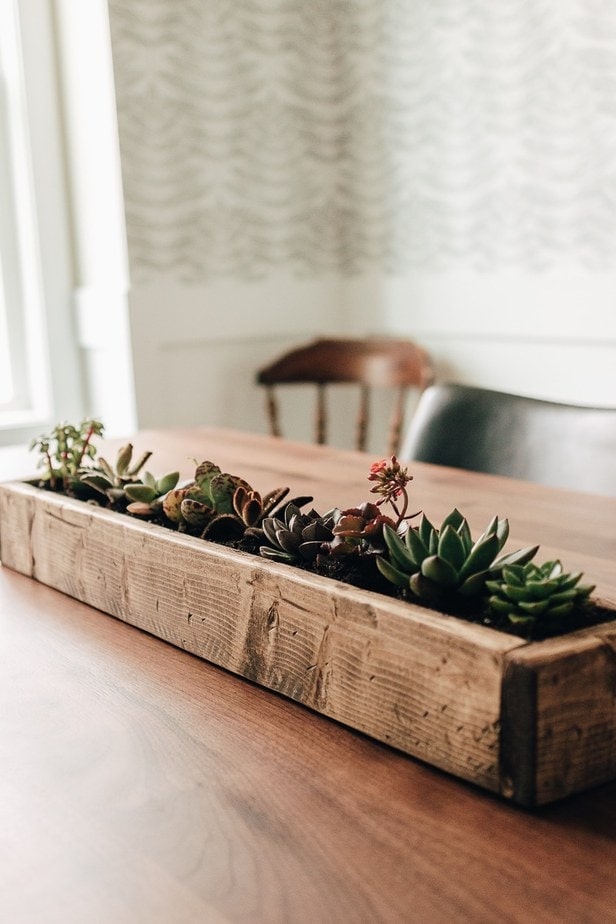15 Plants In California That Belong In Every Garden

California gardening offers a world of possibilities with its sunny climate and diverse growing conditions. Whether you’re new to planting or a seasoned gardener, choosing the right plants can transform your outdoor space into a thriving paradise.
I’ve gathered some of the best plants that will flourish in California gardens, bringing color, texture, and life to your yard year-round.
1. California Poppy
Nothing says California quite like these cheerful orange blooms dancing in the breeze. I absolutely love how they reseed themselves year after year without any fuss.
They thrive in poor soil and need almost no water once established. Perfect for beginners, these flowers bring instant sunshine to any garden bed or border.
You’ll find them blooming from spring through summer, attracting butterflies and bees to your yard.
2. Lavender
Your garden will smell like a dream with this fragrant herb growing in it. Lavender handles California’s dry summers like a champion and rewards you with gorgeous purple spikes.
I use the dried flowers for sachets and cooking, which makes this plant incredibly versatile. It needs full sun and well-drained soil to really shine.
Trim it back after flowering to keep it bushy and healthy for years to come.
3. Rosemary
This woody herb doubles as both a culinary treasure and a stunning landscape plant. Rosemary grows vigorously in California’s climate and can reach several feet tall if left unpruned.
I snip fresh sprigs whenever I’m cooking, and it always grows back quickly. The blue flowers that appear in winter and spring attract hummingbirds and beneficial insects.
Plant it near walkways so you can brush against it and release that wonderful piney scent.
4. Manzanita
With its stunning red bark and twisted branches, this California native looks like living sculpture in your garden. Manzanita requires virtually zero water once established, making it perfect for drought-conscious gardeners.
The small pink or white flowers appear in winter, providing food for early pollinators. I appreciate how it adds year-round interest with its evergreen leaves and architectural form.
It’s a true survivor that thrives on neglect in well-drained soil.
5. Ceanothus
Also called California lilac, this showstopper produces clouds of blue flowers that make bees go absolutely wild. I’ve watched my ceanothus transform into a buzzing paradise every spring when it blooms.
It grows fast and fills space quickly, which is great if you need privacy screening. The plant needs no summer water and actually prefers to stay dry during hot months.
Choose from many varieties, some compact and others quite large.
6. Agave
Bold and architectural, agaves create dramatic focal points that look amazing in modern landscapes. These succulents store water in their thick leaves, so they laugh in the face of drought.
I love how they add a sculptural element that stays interesting even in winter. They come in sizes from tiny to enormous, with colors ranging from green to blue to striped.
Just give them good drainage and sunshine, and they’ll thrive for decades.
7. Salvia
Hummingbirds will become your regular visitors once you plant these colorful bloomers. Salvia varieties offer flowers in purple, red, pink, blue, and white that appear for months.
I find them incredibly easy to grow and forgiving of less-than-perfect conditions. They handle heat beautifully and need only occasional watering once they’re settled in.
Deadheading spent blooms encourages even more flowers to keep the show going strong all season.
8. Toyon
California’s official Christmas berry brings festive red berries to your garden when most plants are resting. Birds flock to feast on the bright clusters from winter through spring.
I enjoy how this native shrub provides food and shelter for wildlife while looking beautiful year-round. White flowers appear in summer, followed by those stunning berries later.
It adapts to various soil types and needs minimal care once established in your landscape.
9. Yarrow
Flat-topped flower clusters in yellow, white, pink, or red make yarrow a pollinator magnet throughout summer. This tough perennial spreads to fill spaces and handles poor soil without complaint.
I cut the flowers for arrangements because they last incredibly long in vases and dry beautifully. The ferny foliage stays attractive even when the plant isn’t blooming.
Water it occasionally during establishment, then let nature take over from there onward.
10. Santa Barbara Daisy
These cheerful little daisies spread quickly to create a carpet of white and pink flowers that bloom almost constantly. I use them as groundcover where I need something pretty that won’t demand much attention.
They spill beautifully over walls and edges, softening hard landscape features with their delicate appearance. Despite looking dainty, they’re actually quite tough and drought-tolerant once established.
Trim them back occasionally to keep growth tidy and encourage fresh blooms.
11. California Fuchsia
When everything else looks tired in late summer, this native perennial explodes with brilliant red-orange tubular flowers. Hummingbirds consider it an essential fuel station during their migration season.
I plant it in hot, dry spots where other plants struggle, and it absolutely thrives there. The silver-gray foliage provides a nice contrast to the vivid blooms that appear from summer into fall.
Cut it back hard in winter to promote bushy growth the following year.
12. Pride of Madeira
Massive spikes of purple-blue flowers tower above silvery foliage, creating a stunning spectacle in spring. This Mediterranean native loves California’s coastal areas and handles salt spray without any problems.
I’m always amazed by how quickly it grows into a large, impressive shrub that commands attention. Bees absolutely adore the abundant nectar-rich blooms that can reach several feet tall.
Give it space to spread since mature plants can get quite substantial over time.
13. Matilija Poppy
Enormous white flowers with crinkled petals and sunny yellow centers make this California native look absolutely stunning. Each bloom can reach six inches across, earning it the nickname fried egg flower.
I warn people that it spreads aggressively through underground rhizomes, so plant it where it has room to roam. The tall stems and blue-green foliage create a tropical look that’s surprisingly drought-tolerant.
Blooms appear in late spring and early summer, attracting admiration from everyone who sees them.
14. California Buckwheat
Fluffy clusters of tiny flowers start white and gradually turn pink and rust as they age, creating a multicolored display. This low-maintenance native shrub provides food for butterflies, bees, and beneficial insects throughout the growing season.
I appreciate how it stays evergreen and looks tidy without much pruning or fussing. It thrives in terrible soil and scorching sun where pampered plants would simply give up.
Perfect for slopes and natural areas that need stabilization and beauty combined.
15. Kangaroo Paw
These quirky flowers really do look like tiny kangaroo paws reaching up on tall stems above grassy foliage. Available in red, yellow, orange, and pink, they add exotic flair to California gardens while handling our climate beautifully.
I cut them for dramatic, long-lasting arrangements that always spark conversation among visitors. They bloom from spring through fall with regular deadheading to remove spent flowers.
Plant them in full sun with good drainage for best performance and longevity.






